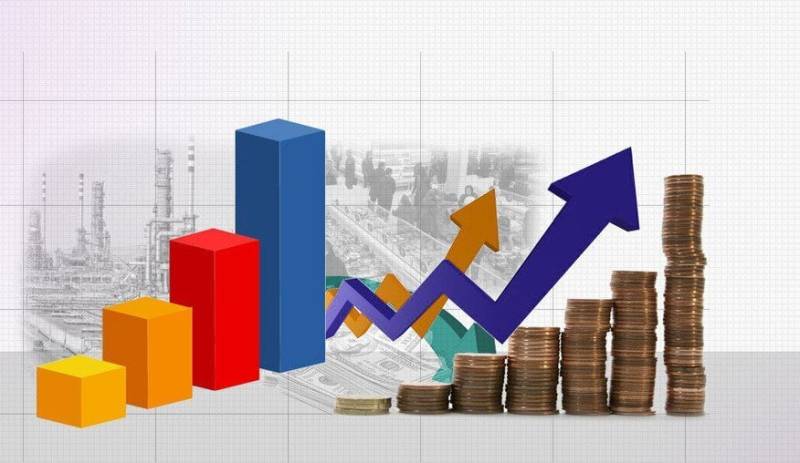Economics, often hailed as the “dismal science,” serves as a powerful framework for understanding the complexities of resource allocation, production, distribution, and consumption in society. Rooted in centuries of intellectual inquiry and real-world observation, economics has evolved into a multifaceted discipline, characterized by diverse theories and perspectives. Among these theories, three major frameworks—classical economics, neoclassical economics, and Keynesian economics—stand out as pillars of economic thought. In this comprehensive exploration, we delve into the intricacies of each theory, examining their historical roots, core principles, key proponents, criticisms, and contemporary relevance.
Classical Economics

Classical economics, dating back to the late 18th and early 19th centuries, emerged amidst the intellectual ferment of the Enlightenment era. Foundational figures such as Adam Smith, often hailed as the father of modern economics, David Ricardo, and John Stuart Mill, laid the groundwork for classical economic theory. Central to classical economics is the belief in the efficacy of free markets, guided by the invisible hand of self-interest and competition. According to classical economists, individuals acting in their own self-interests collectively promote the optimal allocation of resources, leading to equilibrium prices and efficient outcomes. The principles of comparative advantage, division of labor, and the importance of property rights are fundamental to classical economic thought.
One of the seminal works in classical economics is Adam Smith’s “The Wealth of Nations” (1776), in which he expounded on the virtues of free trade, specialization, and the division of labor. David Ricardo further developed these ideas in his theory of comparative advantage, which posited that countries should specialize in producing goods where they have a comparative advantage and engage in trade to maximize overall welfare. John Stuart Mill contributed to classical economics with his treatise on utilitarianism, emphasizing the importance of maximizing happiness or utility in decision-making.
Critics of classical economics argue that it tends to overlook issues such as income inequality, market imperfections, and the role of government in addressing externalities and public goods. Moreover, the assumption of perfect competition and rational behavior by individuals has been challenged by behavioral economists and proponents of alternative economic paradigms.
Neoclassical Economics

Neoclassical economics emerged as a response to perceived limitations of classical economic theory, particularly its lack of formal rigor and failure to account for individual decision-making processes. In the late 19th and early 20th centuries, economists such as Alfred Marshall, Leon Walras, and Vilfredo Pareto pioneered the development of neoclassical economics, which sought to integrate mathematical analysis and marginalist principles into economic theory.
At the heart of neoclassical economics is the concept of marginal utility, which asserts that individuals make decisions based on the incremental benefit or satisfaction derived from consuming additional units of a good or service. Neoclassical economists developed mathematical models of consumer and producer behavior to analyze market equilibrium, price determination, and resource allocation. The notion of perfect competition, characterized by many buyers and sellers, homogeneous products, and free entry and exit, serves as a benchmark for analyzing market efficiency in neoclassical economics.
Key contributions to neoclassical economics include Alfred Marshall’s “Principles of Economics” (1890), which provided a comprehensive synthesis of economic theory at the time, and Vilfredo Pareto’s work on welfare economics and the theory of optimality. Neoclassical economics has been influential in shaping modern economic analysis and policy, with its emphasis on efficiency, rational choice, and market equilibrium. However, critics argue that neoclassical economics tends to oversimplify complex social phenomena, overlooks issues of power and distribution, and neglects the role of institutions and social norms in shaping economic behavior.
Keynesian Economics

Keynesian economics, named after the British economist John Maynard Keynes, emerged in response to the Great Depression of the 1930s, which exposed the limitations of classical and neoclassical economic theory in explaining and addressing economic crises. Keynes challenged the prevailing orthodoxy by arguing that market economies are prone to fluctuations in aggregate demand, leading to periods of unemployment and underutilization of resources. In his seminal work, “The General Theory of Employment, Interest, and Money” (1936), Keynes argued that involuntary unemployment could persist in equilibrium due to inadequate aggregate demand.
Central to Keynesian economics is the concept of effective demand, which asserts that the level of economic activity is determined by the level of aggregate demand in the economy. Keynes advocated for active government intervention, particularly fiscal policy (government spending and taxation) and monetary policy (control of interest rates and money supply), to stabilize economies and promote full employment. During times of recession, Keynesian economists argue for expansionary fiscal and monetary policies to boost aggregate demand and stimulate economic growth. Conversely, during periods of inflation or overheating, they advocate for contractionary policies to cool down the economy and prevent excessive price increases.
Keynesian economics revolutionized economic policymaking during the post-World War II era, leading to the adoption of demand management strategies and countercyclical policies to stabilize economies. Keynesian policies played a crucial role in the economic recovery and prosperity of the 1950s and 1960s, often referred to as the “golden age of capitalism.” However, Keynesian economics faced criticism for its potential to fuel inflation and its limited focus on long-term growth and productivity. The stagflation experience of the 1970s, characterized by high inflation and stagnant economic growth, led to a resurgence of classical and neoclassical ideas and a reassessment of Keynesian policy prescriptions.
Conclusion
The three major theories of economics—classical, neoclassical, and Keynesian—offer distinct perspectives on how economies operate and how they should be managed. Classical economics emphasizes the virtues of free markets, self-interest, and minimal government intervention, while neoclassical economics introduces mathematical rigor and marginal analysis into economic theory. Keynesian economics, in contrast, underscores the need for active government intervention to stabilize economies and promote full employment.
